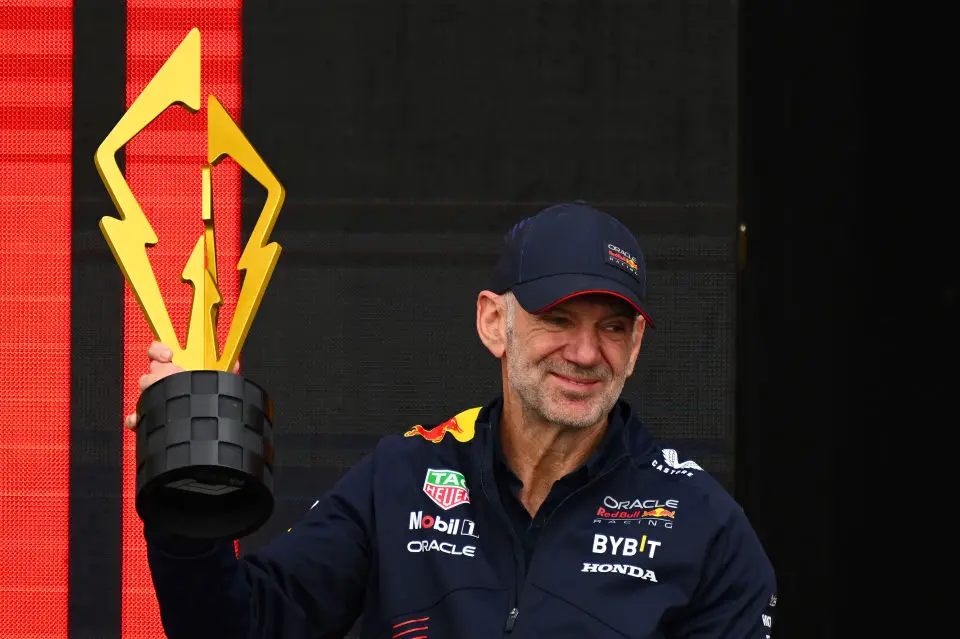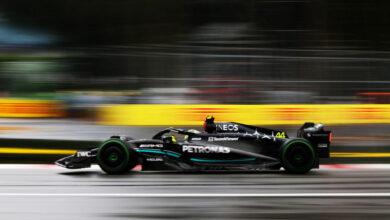Revolutionizing F1 and Road Cars: Adrian Newey Advocates for Advanced Aerodynamics in Future Designs
Adrian Newey, Red Bull’s Chief Technical Officer, recently emphasized the importance of aerodynamic advancements in both Formula 1 and road vehicles. In light of the upcoming changes in F1 regulations, Newey’s insights hint at a future where racing technology directly influences everyday car design.
Key Takeaways:
- 2026 F1 Overhaul: Formula 1 is set for significant changes in 2026, including hybrid engines and potentially enhanced aerodynamics. This shift towards electric power and a focus on aerodynamic performance is expected to revolutionize the sport.
- Cornering DRS Concept: The FIA is contemplating the introduction of a cornering DRS (Drag Reduction System) to complement the existing straight-line DRS. This addition could enhance overtaking and race dynamics.
- Impact on Road Cars: Newey draws a parallel between advancements in F1 and their application in road cars. Features like active aerodynamics, initially pioneered in racing, are now increasingly common in consumer vehicles.

Formula 1, the pinnacle of motorsport engineering, is not just about thrilling races but also a crucible for technological innovation. Adrian Newey, the strategic brain behind Red Bull Racing’s success, recently spoke about the future of Formula 1 and its crossover impact on road car technology.
As Formula 1 gears up for a significant transition in 2026, moving towards hybrid engines, the spotlight is also on enhancing aerodynamics. This transition isn’t just for the race tracks; it promises a ripple effect on everyday road vehicles. Newey’s insight into this connection is critical, given his role in designing Red Bull’s RB19, the car that dominated the 2023 season.
The introduction of the Drag Reduction System (DRS) in 2011 revolutionized racing by allowing cars to reduce aerodynamic drag on straight sections, thereby boosting acceleration. Nikolas Tombazis, the FIA’s Head of Single-Seaters, has indicated that the concept might evolve into a cornering DRS, further enhancing race dynamics and overtaking opportunities.
Newey, in his conversation with Motorsport.com, underscored the importance of active aerodynamics. He remarked, “The more active aero is really to try to make up for a power unit that’s lacking in energy. The active aero becomes essential to make up for the power unit that’s lacking in energy. But I don’t think that’s a bad thing at all.”
His vision extends beyond the racetrack. Newey explained how F1’s technological advancements have historically trickled down to road cars. Features like disc brakes and carbon fiber materials, once exclusive to F1, are now standard in many high-performance road vehicles. Newey predicts a similar trajectory for active aerodynamics, emphasizing its potential future significance.
He further elaborated, “There’s a huge amount of cars you see with spoilers lopping up and down on the boot lid and so forth. So, why not have that in racing? Active aero only got a bad name when wings were falling off back in the ’60s. We’re well beyond that now.”
Formula 1’s influence on road car design is undeniable. As the sport evolves with new regulations and technologies, its impact on the automotive industry continues to expand. Newey’s insights not only highlight the technical evolution within Formula 1 but also forecast an exciting future where the line between racing innovations and everyday automotive technology becomes increasingly blurred.


